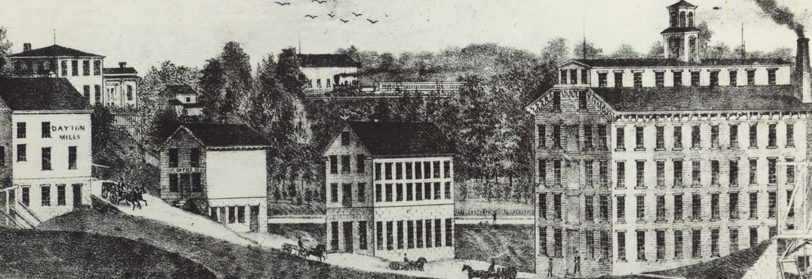1 April 1882, p. 8, col. 1
The Schools are having a vacation this week. We understand the two schools are to be continued under the present competent instructors, and we hope the following summer will witness the erection of a new school building. It is something that is much needed, and as the railroad pays over one-half the school tax, the district is abundantly able to build one. Patrons of the school will do well to consider the matter, and if brought to a vote to cast their ballots intelligently.
[The votes were cast intelligently,as it turned out.]
19 Aug 1882, p1, col 3
The school directors of the town of Dayton have this summer built a new school house in the village of Dayton. It is a one story structure, but has two rooms 36 feet square, and a belfry. It is built on one of the prettiest spots in the village, and is a credit to the village and town. Mr. H. C. Furness drew the plans, which were carried out by Mr. Geo. Jekyll, builder. The heating will be done by a Ruby furnace put in by Booth & Kendall of this city.
[Someone apparently noticed that there were in fact two stories.]
30 Aug 1882, p. 4, col. 3
The new school building is rapidly nearing completion and will be one of the prettiest buildings in the country. It is a two-story frame structure, 36 feet square, and a belfry.
A petition was also extensively signed, authorizing the sale of the old school building.
January 17, 1885, p. 5, cols. 1-2
Dayton has a neat, two-story public school, presided over by Ottawa ladies – Miss Jennie Crane in the higher department, with Miss Mary Miller in the primary. About 70 pupils are in attendance.
[The school building was in heavy use for concerts, plays, Sunday school, meetings, lectures, sermons, and school programs, in addition to its educational function.]
[That schoolhouse burned to the ground the day before Thanksgiving in 1890. It was replaced by the schoolhouse shown below. It opened in September 1891, and served the children of Dayton and the area for nearly 75 years. It was closed at the end of the school year in May 1965, a victim of the new fire safety code. The old building was not up to code, so the children were bused to the newer Wallace school.]
All extracts are from the Ottawa Free Trader newspaper.




